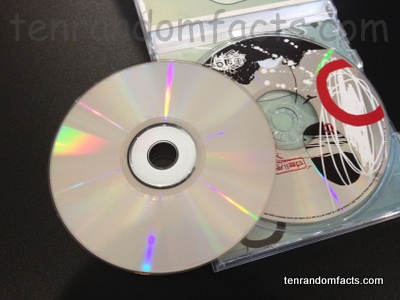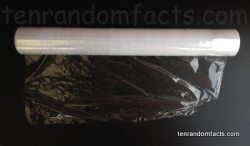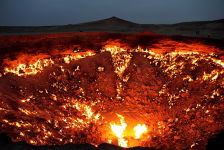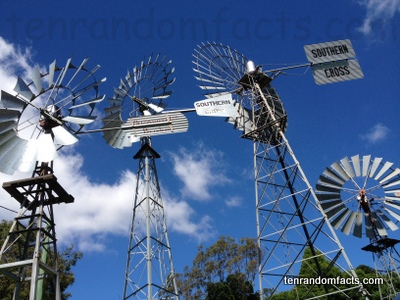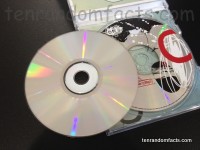
Are compact discs compact enough for you?
- A compact disc is a thin optical disc, used primarily to store digital information, and it is also commonly called a ‘CD’.
- Compact discs are circular in shape, with a central hole, and are made of plastic, that is usually coated with aluminium or gold for reflecting the laser that ‘reads’ the disc, and then a layer of lacquer is applied for protection.
- The storage space of compact discs usually has a maximum capacity of 700 MiB – mebibytes (734 MB – megabytes) of data, in the form of programs, media or information, which equates to approximately 80 minutes of audio.
- The typical size of a compact disc is 12 centimetres (4.7 inches) in diameter, although they can be as small as 6 to 8 centimetres (2.4 to 3.1 inches) in diameter.
- American James Russell was the inventor of the optical digital recording and playback concept that is used in compact disc technology, which he designed in 1966, and he received a patent for the system in 1970.
- In 1979, the companies Philips and Sony, formed an unusual working relationship, using James Russell’s concept, to together develop a compact disc, and in 1982 the first CDs were manufactured, being the ABBA music album The Visitors.
- A compact disc spins when it is placed in a CD player or drive, and as it does, it is read by a laser that interprets the miniscule indents, called ‘pits’, invisible to the naked eye, found on the plastic layer of the disc.
- Compact discs were originally designed to emit sound, however, in the 1980s it was realised that the disc could be used for a variety of purposes, including the storage of computer data.
- Compact discs are usually purchased in a protective sleeve, like a hard plastic case; a paper packet; or a soft plastic envelope.
- By 2007, world sales of compact discs had reached 200 billion, although sales have decreased significantly in recent years, due to digital technology and streaming; and in the music industry, 2014 marked the first year CDs were outsold by streaming technology.
Bibliography:
Hopewell L, The History of Compact Discs, 2012, Gizmodo, http://www.gizmodo.com.au/2012/08/the-history-of-the-compact-disc/
Compact Disc, 2015, Wikipedia, http://en.wikipedia.org/wiki/Compact_disc




